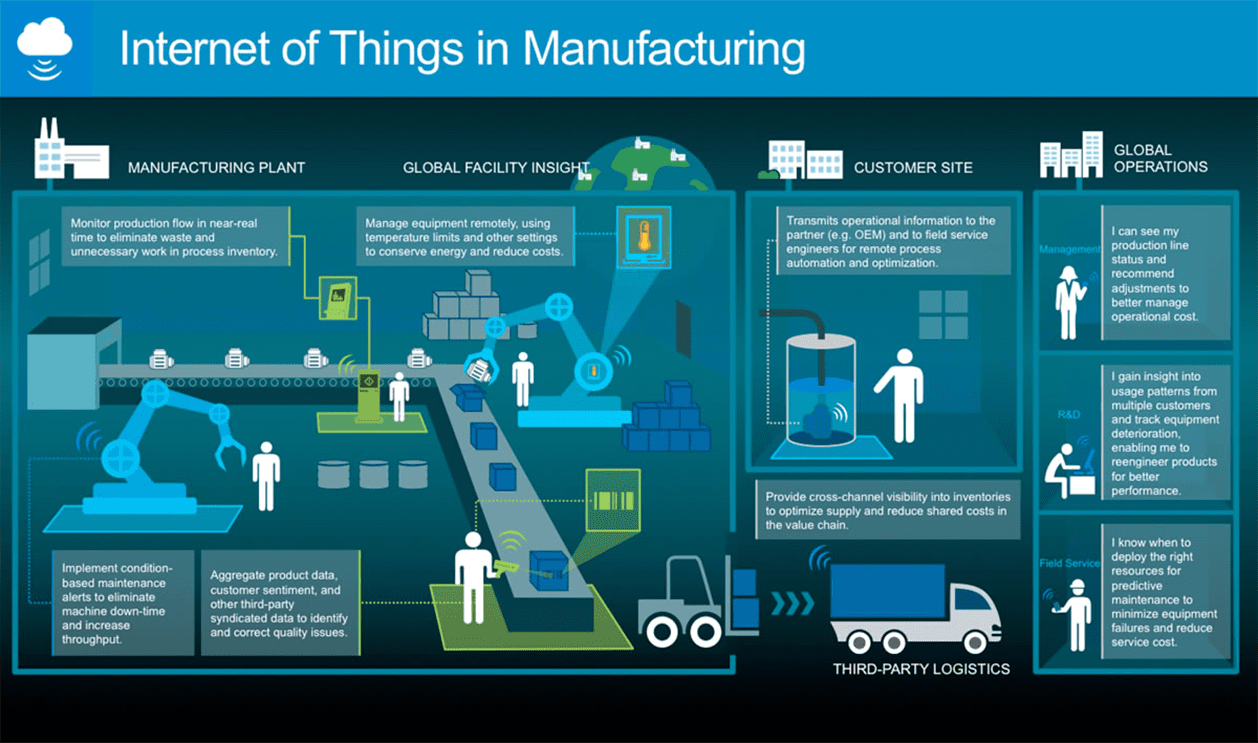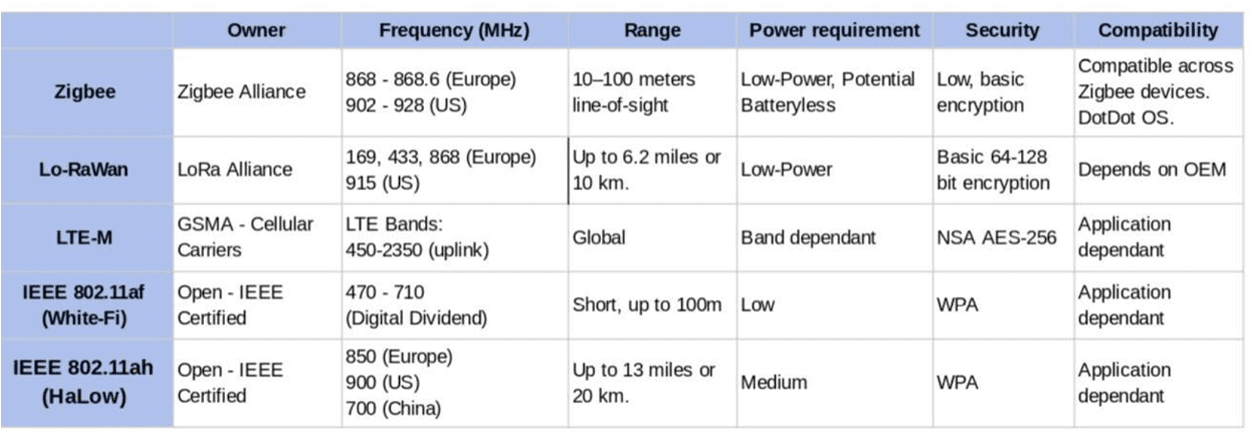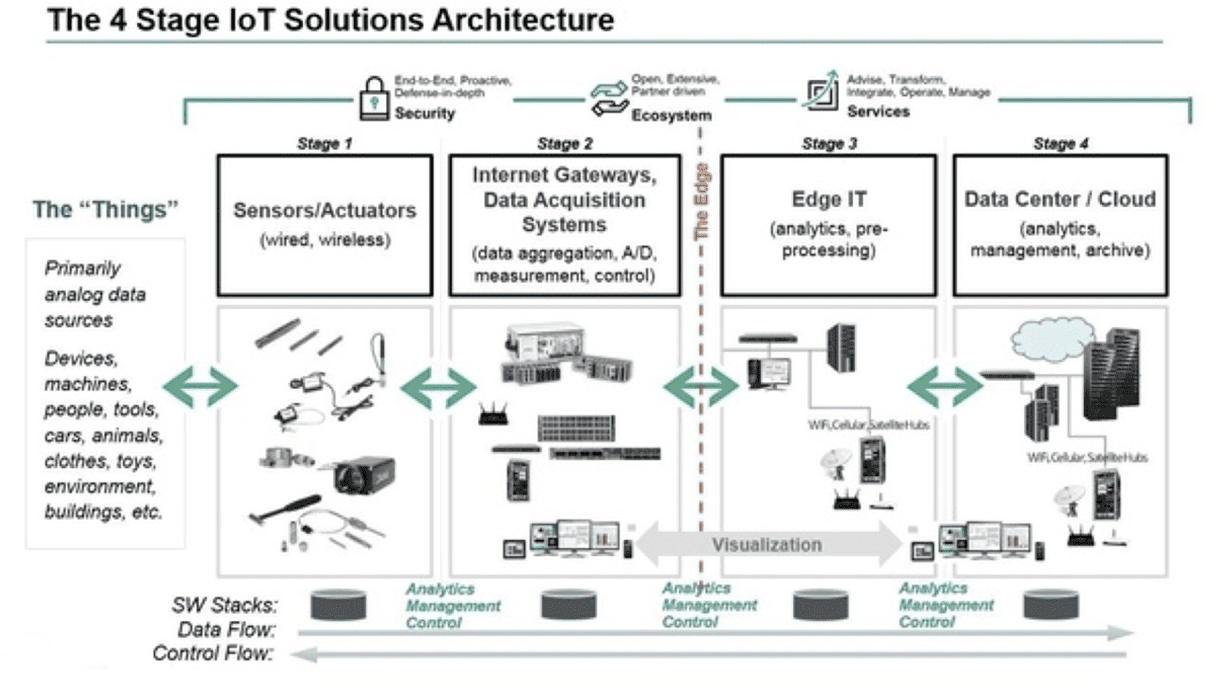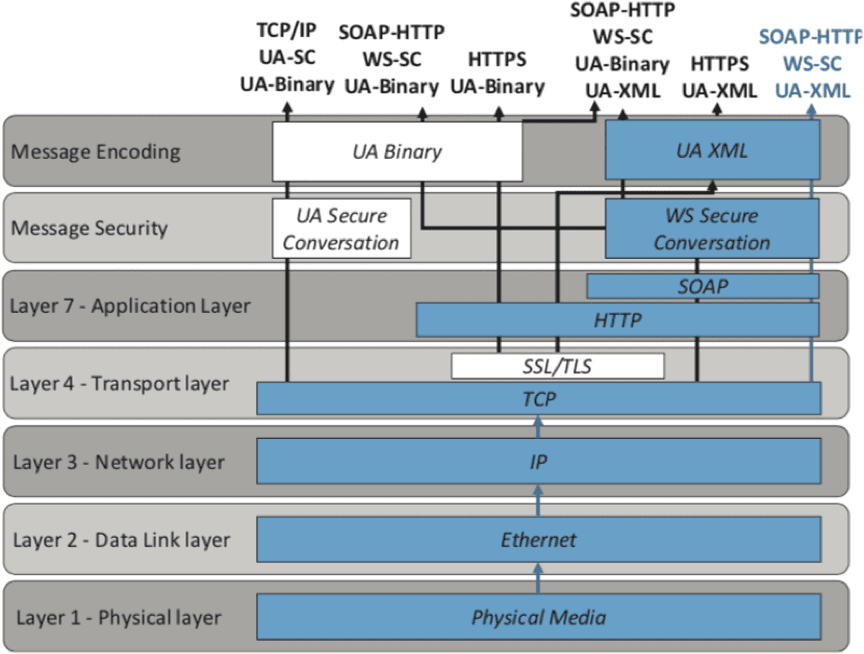With the advent of the fourth industrial revolution, manufacturing systems are transformed into digital ecosystems. In this transformation, the Internet of Things (IoT) and Big Data pose a major role. Towards that end, industrial enterprises have entered a new age of Big Data, where the volume, velocity, and variety of data they manage is exploding. The IoT, a network of objects interconnected through the embedded technology, will feed directly into Big Data concept by enabling the collection of even more information. More and more devices, manufacturing tools, plants, vehicles, as well as manufacturing equipment are equipped with sensors to capture and convert data.

The business use case for IoT adoption is digitalization, as expressed through Cyber Physical Systems (CPS), IoT, and Cloud as well as Big Data. The main goal of IoT adoption in manufacturing is to realize smart factories, in which machines and resources communicate and are connected in a network
Industrial IoT use case segments
- Digital/connected factory
- Facility management
- Asset management
- Safety/security and operations
- Logistics and ecosystems
- Customer preference and behavior
- Services and predictive maintence
- Quality control
- Packaging and shipping preparation
- Production flow monitoring
- Condition-based alerts
The manufacturing industry is the market where most Industrial IoT (IIoT) projects are realized and by far the market where most IIoT investments are made. Moreover, manufacturing isn’t just the clear leader in the Industrial Internet but it tops ALL industries (including the consumer IoT space) in the broader IoT reality. According to IDC data from early 2017, the manufacturing industry was good for a total IoT spend of $178 billion in 2016, which is more than twice as much than the second largest vertical market (in IoT spend), transportation.
There are two primary IoT investments in relation to industrial manufacturing – operations and production asset management and maintenance.
Manufacturing operations is the largest manufacturing IoT use case. Manufacturing operations include several elements such as asset management, intelligent manufacturing, performance optimization and monitoring, planning, human machine interaction, end-to-end operational visibility, and cyber-physical systems. IoT spending in this vast use case is good for over 57% of all IoT manufacturing investments.
Product asset management is second largest IoT use case in manufacturing and in reality also consists of a range of potential applications. It includes production asset monitoring and tracking, from location to the monitoring of parameters in several areas such as quality, performance, potential damage or breakdowns, bottlenecks—the list goes on. On top of performance and optimization, there is also the dimension of maintenance.
There are two basic requirements to successfully introduce IoT in a manufacturing environment.
1. Wireless standards:
Connecting the various nodes of an IoT implementation can involve a number of wired and wireless network technologies. It’s rare that an IoT system can be completely hardwired end-to-end. That means most IoT systems of any large scale depend on a variety of wireless technologies including everything from device-level technologies to Wi-Fi to cellular networking.
IoT system developers have a rich set of wireless standards to choose from. These can be implemented from the gateway and the device side using a variety of wireless IoT solutions in both module and chip form. Some of these are available from leading micro-controller vendors, but a growing number are IoT-specialist chip and module vendors. Many of today’s solutions combine multiple protocols on the same device, such as Wi-Fi and Bluetooth LE (BLE) for example

Zigbee is a very popular option for IoT device manufacturers. It provides most of the basic features (connectivity, range, security) that they look for and, as an open-industry standard, it allows interoperability with any Zigbee-certified device. The biggest complaint from original equipment manufacturers (OEMs) is the cost of joining the alliance, the certification and lack of open GPL license. OEMs must become members of the alliance to use its technology. Zigbee is a low-power, low-data-rate, close-proximity ad hoc wireless network, supporting mesh network topology.
Similar to Zigbee, LoRaWan is a proprietary technology, open global standard, defined and controlled by the LoRa Alliance, a nonprofit organization. The main difference is that, while Zigbee is a short-range IoT protocol aimed at connecting a number of devices in close proximity, LoRa focuses on wide-area networks.
Long-Term Evolution for Machines (LTE-M) is the M2M industry answer to IoT using secured cellular networks for long-range communications. It is a cellular carrier’s wireless system, backed by the industry association GSMA and the 3GPP standards organization. (LTE is what is commonly known as 4G cellular networks.) One of the main advantages of LTE-M is the potential for worldwide connectivity, and it is the only system suitable for tracking moving objects over long distances.
White-Fi makes use of the digital dividend of frequencies freed up when broadcast television moved to digital terrestrial and some of the previous UHF channels ceased to operate. The use of the digital dividend spectrum is regulated differently in the U.S. and Europe, and the connected devices need to look for available frequencies at regular intervals.
HaLow extends Wi-Fi into the 900-MHz band, enabling the low power connectivity necessary for applications, including sensors and wearables. Because this frequency is freely available for basic communications, HaLow is the preferred Wi-Fi standard for IoT.The biggest problem for HaLow is that unlicensed spectrum is not harmonized across the globe: HaLow operates at 900 MHz in the U.S., 850 MHz in Europe and 700 MHz in China and does not even have operating spectrum in many countries.
2. IoT architecture standards:
In simple terms, there are four main Stages in IoT architecture.

- Sensors: The outstanding feature about sensors is their ability to convert the information obtained in the outer world into data for analysis. In other words, it’s important to start with the inclusion of sensors in the 4 stages of an IoT architecture framework to get information in an appearance that can be actually processed.
- Internet Gateway and Data Acquisition Systems: Even though this stage of IoT architecture still means working in a close proximity with sensors and actuators, internet gateways and data acquisition systems (DAS) appear here too. Specifically, the latter connect to the sensor network and aggregate output, while internet gateways work through Wi-Fi or wired LANs and perform further processing. The vital importance of this stage is to process the enormous amount of information collected in the previous stage and compress it to the optimal size for further analysis. The necessary conversion in terms of timing and structure also happens here.
- Edge IT: During this moment among the stages of IoT architecture, the prepared data is transferred to the IT world. In particular, edge IT systems perform enhanced analytics and pre-processing here. For example, it refers to machine learning and visualization technologies. At the same time, some additional processing may happen here, prior to the stage of entering the data center.
- Data Center and Cloud: The main processes in the last stage of IoT architecture happen in the data center or cloud. Precisely, it enables in-depth processing along with a follow-up revision for feedback. Here, the skills of both IT and OT (operational technology) professionals are needed. This phase already includes analytical skills of the highest rank, both in digital and human worlds. Therefore, the data from other sources may be included here to ensure in-depth analysis.

Security can be a major concern during the development of the monitoring service in the Cloud, and the recommendation is for it to be applied to three layers: the shop floor, the web application, and the Cloud service operating system. In these layers, there are a variety of counter measures against different threats such as encryption during data transfer, identification of clients through Secure Sockets Layer (SSL) and Transport Layer Security (TLS) protocols, used along with a secure database authentication system and the Virtual Private Network (VPN) technology.
One key to success is adopting open standards such as OPC UA, a platform-independent technology that assures interoperability. OPC technology is platform independent and already implemented on Windows, Linux/*nix, Apple and Android. It is also embedded in controllers, such as PLCs and Raspberry PI, and a multitude of other small-scale circuitry. OPC UA is widely recognized as the key communication and data modeling technology for the Industry 4.0 initiative. It works with many software platforms, is completely scalable, and has been widely adopted across several industries because of its flexibility.
An example of different devices being integrated through OPC UA would be the deployment of tablets to the operators on the shop floor. Through the mobile device, the operator can provide different information related to the machine tool and to the running tasks. The results are aggregated in the Cloud server and are visualized along with a set of performance indicators. The above mentioned IoT-based monitoring tool is designed to support integration with other existing industrial equipment and IT.
When applied correctly, the largest use case for IoT in manufacturing is the digital factory. Here, IoT enabled machinery can transmit operational information to the partners like original equipment manufacturers and to field engineers. This will enable operation managers and factory heads to remotely manage the factory units and take advantage of process automation and optimization. Along with this, a digitally connected unit will establish a better line of commands and help identify key result areas (KRAs) for managers.
An example of this is called Digital twins. Shortcomings and faults in the final product increase expenditure and overburden employees in a manufacturing industry. Digital twins replicate the developing product in a digital form by retrofitting sensors, allowing industries to gather data about their product’s entire working mechanism and the output expected from each module. The collected data from the digital replica enables managers to analyze the effectiveness, efficiency, and accuracy of the system. They can also identify potential bottlenecks in their product that helps them to create a better version of their product. Lastly, digital twins streamline operations like asset management and failure management. It supports industries in forecasting the completeness of their baseline and successfully follow their deadlines.

In conclusion, IoT investment is relatively mature in the manufacturing space, with companies investing heavily in sensors, edge IT, and data gathering and reporting. However, opportunities still exist as companies scale to standardize wireless protocol and the architecture framework. Too many manufacturing companies still build their IoT environments on a factory-by-factory basis due to lack of a project portfolio investment strategy, 3rd party manufacturing, or a lack of understanding of how to integrate an IoT strategy into their broader technology portfolio.



